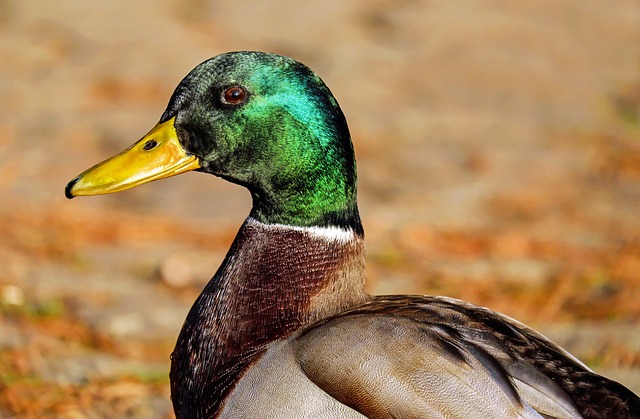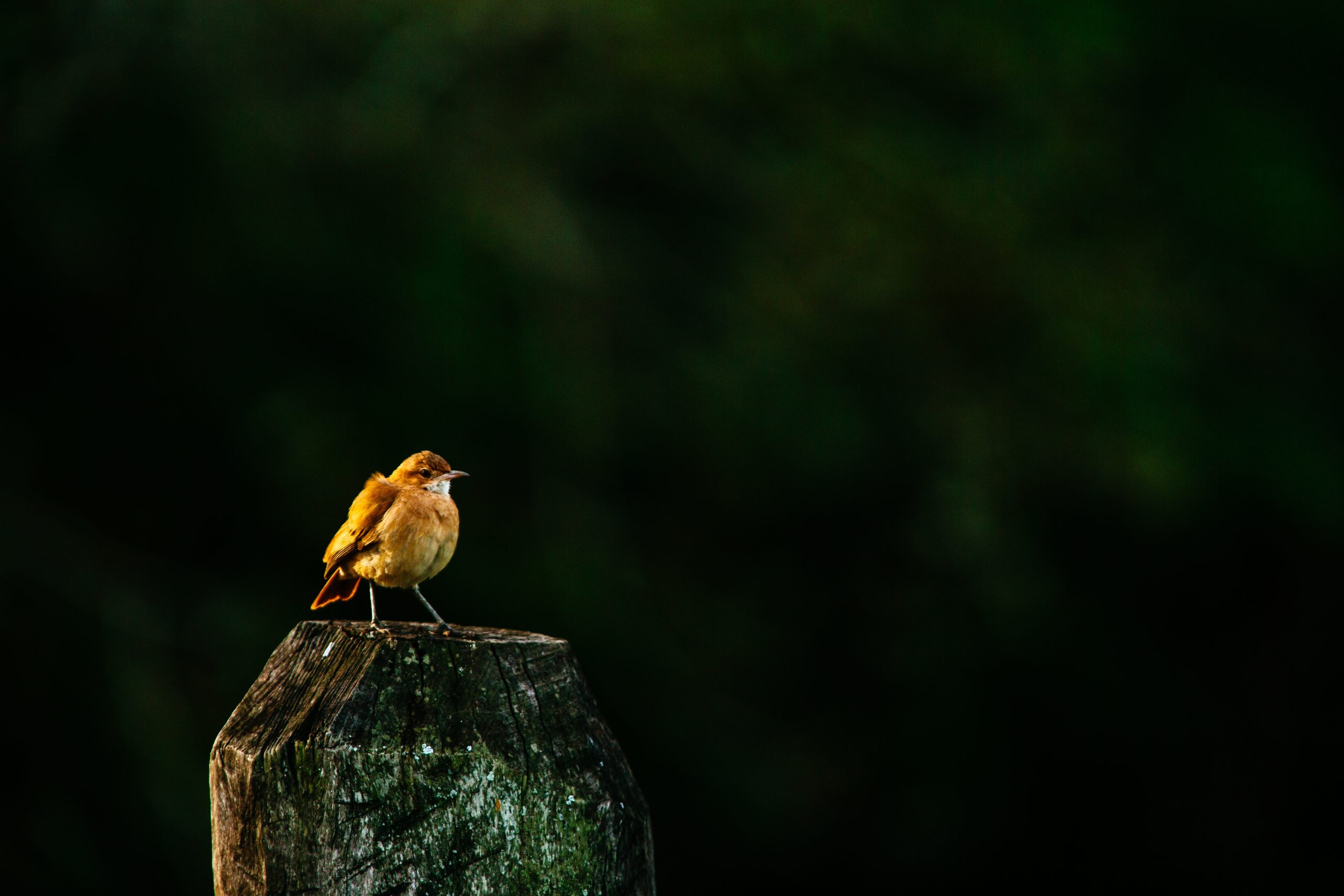Seeing a large crow nose down investigating a city alleyway likely exposes a common urban dilemma – crows opportunistically scavenging disease-carrying rodents. Cunning crows utilize their intelligence and adaptability to exploit easy meals from juvenile rats. Unravel facts about this interspecies dynamic plus impacts on disease contagion risks.
Why Rats Pose Problems for Crows
Rodents flourish around human developments, tempting bold crows with their abundance despite the health hazards rats introduce through parasites and contamination.
Source of Disease
Rats host nasty bacteria like Salmonella or Leptospira plus spread fleas and ticks carrying nasty illnesses dangerous to bird populations.
Competitors
As omnivorous scavengers, rats directly compete with crows for garbage resources and nourishment sources necessary to thrive in urban spaces.
Predators
While crows occasionally eat deceased rat pups or juveniles, adult rats conversely kill and consume baby birds when given the chance. These opportunistic rodents contribute significantly to reductions in hatchling survival rates in metropolitan nests.
Clever crows manage wielding skills to catch juvenile rats, yet still fall victim themselves to the rodent risks.
Do Crows Actually Hunt Live Rats?
Rarely – their skills prove better adapted towards scavenging deceased rodents. Contributing factors:
No Tools for Killing
The crow’s beak serves better for prodding and picking than killing mammallian prey. Rats can deliver nasty bites so most crows avoid direct attacks.
Limited Physical Strength
With slight frames optimized for flight, crows lack brute power to strike lethal blows that expert raptors like eagles wield effortlessly against squirmy rodents.
Risk of Injury
Adult rats pose real retaliation dangers from razor teeth and claws. Only infants or juveniles succumb easily for calculated crows minimizing harm.
However crows still manage outwitting rats by stealing unprotected nestlings for consumption while vigilantly chasing adult rodents from their own nests. They focus aggression on reducing neighborhood rat competition rather than direct prey acquisition from strong mature subjects.
Do Crows Scavenge on Dead Rats?
Absolutely – deceased rat scavenging offers crows their best opportunity benefiting from urban rodents while mitigating risks. This Tactical shift towards eating only rat carcasses allows clever crows to reap rewards while reducing diseases.
Common Scavenging Strategy
Crows patrol habitual routes watching for roadkill and unattended dead rats then capitalize on easy access when possible.
Supplemental Protein Source
Eating decaying rats provides crows extra protein nutrition to thrive in protein-scarce concrete cities where bugs prove harder to find.
Limited Contamination
By focusing only on dead specimens, crows avoid injury battling live mature rats plus negate catching fleas, mites and ticks spreading illness from direct contact.
Through sticking with dead rat scavenging exclusively, savvy crows satisfy supplemental dietary needs safely while improving neighborhood sanitation removing infectious carcasses from streets.
Impacts of Crows Scavenging Rats on Disease Contagion
Their opportunistic intermingling influences contamination circulation:
Widens Access
Crows transporting pilfered carcasses or even caching pieces decentralizes dangerous bacteria concentrations citywide more easily as partial remains relocate.
Third Party Transmission
As crows interact with other species, they risk indirectly transferring new strains acquired from rats to additional nearby wildlife expanding spread.
Adaptation & Mutation
Constant viral exposures may incrementally adapt crows and rats to each other’s diseases, inducing more mutations hazardous to pets or people long term.
Those hoping crows preying on rats minimizes pest issues often overlook the inadvertent impacts on regional sickness transference – requiring comprehensive management strategies addressing underlying factors.
Rat & Crow Regional Population Factors
Prevalence indicators in your area inform risks:
| MetricLow RiskConcerningRat PopulationsOnly occasional rat sightingsRats establish burrows and nestsDetection of Parasites/DiseasesNo outbreaks reported via alerts from local agencies or rescuesPatterns of infections in rodents, pets and possibly peopleCrow Roost SizeTemporary small overnight roostsPermanent large seasonal roosts containing 100+ crowsSick or Injured Crow ReportsNo alerts from rehabilitatorsIncreases in sick bird cases during seasonal spikes |
|---|
Consulting these benchmarks through wildlife data or municipal health groups provides clearer understanding of the scale of intersecting factors affecting your surroundings over time.
Frequently Asked Questions About Crows Eating Rats
Further common questions about the crow/rat dynamic answered:
Do crows only scavenge rats or spread risks other ways?
In addition to scavenging carcasses, crows also risk wider disease circulation through dropping pieces during transport, reallocating scraps via caches, or surface contamination from feet. Rats and crows prove quite intertwined.
How can you deter crows from interacting with rats in cities?
Reduce appeal by securing trash in sealed bins regularly, setting rat traps away from crows, and using hazing or noise repellants whenever crows start approaching rat domains around buildings. Manage food waste that fuels them both.
Why don’t crows get sick themselves from eating diseased rats?
Research shows crows and other corvid species feature advanced immune systems with extra disease fighting cells and protective proteins enabling greater resistance to bacteria and viruses they contact from decaying carcasses. Their quick adaptations facilitate thriving amid pathogens in human proximity long term.
Can crows or rats truly be eliminated from urban spaces?
Unfortunately no – the resource rich environments will perpetually attract both opportunistic species. So communities must emphasize comprehensive integrated management of food waste access, structural repairs blocking shelters, public health monitoring and responsible deterrents keeping balances in check. Coexistence proves complex but necessary.
Conclusion
Do crows dine directly on pesky rats? Rarely. Yet through shrewd dead rat scavenging, crows cleverly secure supplemental nutrition they need without excessive harm. This interplay of the ultimate city survivors spotlight difficulties managing risks amplified by their unavoidable interconnectedness across metropolitan landscapes worldwide. Public diligence around proper waste disposal and structural improvements remains key to discourage excessive dependence on scavenging disease vectors while working towards balanced urban ecosystems suitable for both species.



